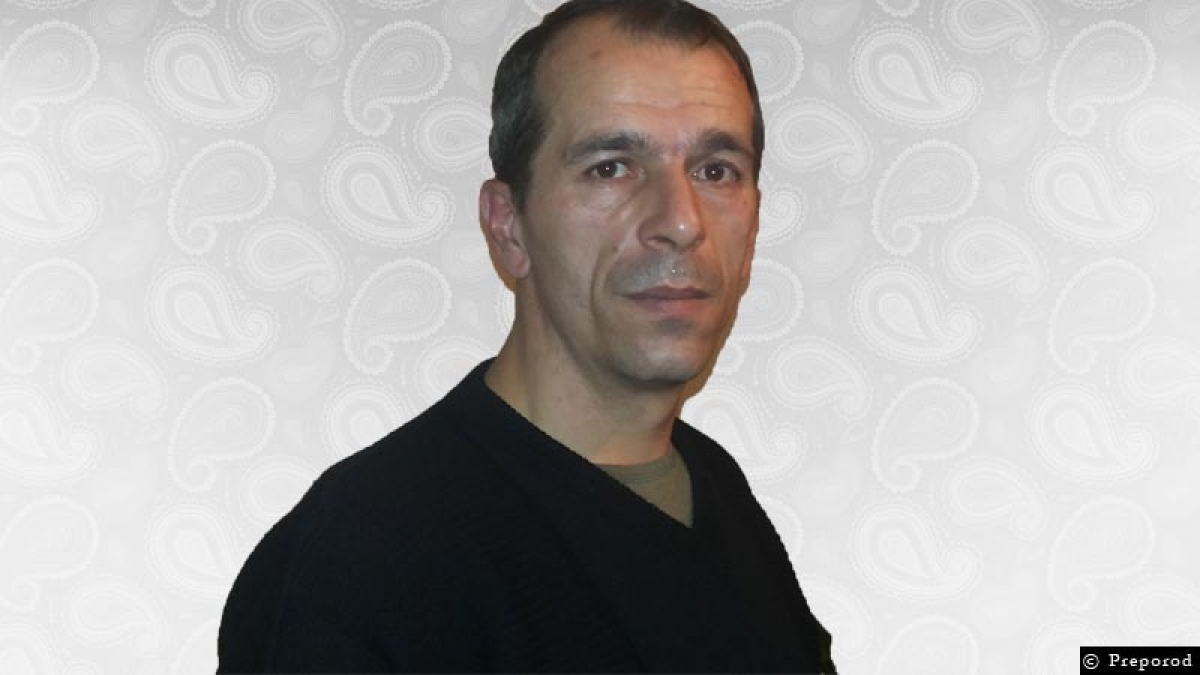I was a thirteen-year-old girl when Srebrenica found itself in complete isolation and under siege.
Together with my parents and brother, I endured that hardship for more than three years. Back then, and even now, those years seemed endless—not just in terms of time, but also in proportion to the amount of sorrow and suffering that befell us. We didn't have enough food or clothing, and freedom was just a notion. There was daily gunfire. My father was on the front lines. My mother stayed with us, but when it was necessary to get food, she went to the town market to trade goods. Those who had food in the countryside exchanged it for something they needed in the town. We traded everything for food—clothes, shoes, books. Occasionally, my father would come back from the front lines to bring us some food and check on us, see how we were doing. He had relatives in the countryside, and his brother quickly built a mill, so they were able to get flour more easily, which was essential in the first year of the war. After the demilitarization in the spring of 1993 and the handover of Srebrenica to UN forces, it became easier to get food because aid convoys were more regularly allowed through. However, it was still dangerous on the streets, as there was occasional gunfire.
In the spring of 1995, a stronger offensive against Srebrenica began, and gunfire became more frequent. We saw that something much worse was coming, despite the UN forces that gave us a false sense of security. In July, the Army of Republika Srpska breached the town, and the UN delivered us to their mercy. My father and brother were captured and executed, along with thousands of civilians who were in the demilitarized Srebrenica from July 11-17, 1995.
Shortly after being deported to Tuzla, my mother and I moved on. That was our migration story at the time. It is important to note that these migrations were purely violent and extremely brutal expulsions. It was a humiliation following the unprecedented suffering and killing of the male members of our family. My mother reached her sister in Germany, and I stopped in Zagreb, at the then Zagreb Madrasa.
My arrival in Zagreb permanently marked the second, post-war phase of my life. There, I formed valuable and lasting friendships with people who reached out to me at a crucial moment, listened to me, assessed what they could do, and, in short, knew how to help when I needed it most. In one way or another, all of us, at least once in our lives, find ourselves in a situation where we need someone's help. That's life. The Zagreb Madrasa was more than a school and a shelter, and Zagreb itself was a large center.
After high school, I returned to Bosnia, to Sarajevo, and enrolled in Oriental Studies, which was later renamed the Department of Oriental Philology. My mother also returned from exile, from Germany, where she had stayed for three and a half years. Finally, we reunited, at least for the next three and a half years. I got married in my fourth year of studies, and my mother returned to Srebrenica, where she has been trying to rebuild the mosaic of her shattered life for more than two decades. It's a typical story of return. I live with my family in Sarajevo, but I often stay in Srebrenica.
I am proud of my mother; she is that "strength of Srebrenica" or its toughest component, along with the other mothers.
Efendić Dr. Nirha
Curator for Oral Poetry
Ethnology Department, National Museum of BiH






